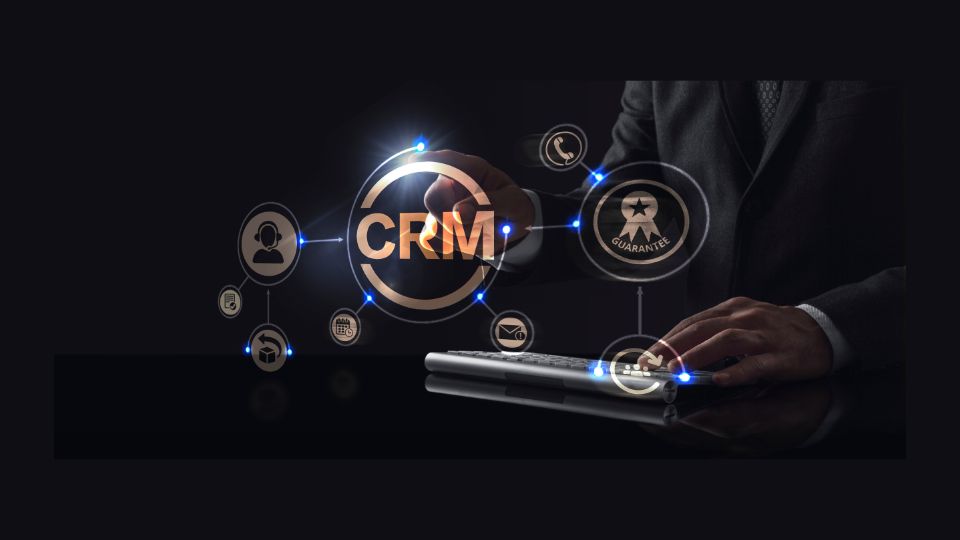What Is CRM Automation? [Benefits And How-To Guide]
Customer Relationship Management, or CRM, is one of the most strategic approaches to simplifying and improving customer interactions through technology. It uses tools and software to automate repetitive tasks, streamline processes into workflows, and surface actionable insights. By removing manual processes, CRM automation enables businesses to focus on building relationships, improving customer satisfaction, and driving growth.
In this article, we'll discuss the benefits of CRM automation and walk you through the implementation process.
Benefits Of CRM Automation
1. Enhanced Productivity
Automation frees up your team from mundane tasks like data entry, follow-up reminders, and email scheduling. With more time for strategic activities, your workforce becomes more productive and efficient.
2. Improved Customer Experience
CRM automation ensures proper and timely communication with customers. Automated email campaigns, personalized messaging, and rapid issue resolution all contribute to providing a seamless customer experience.
3. Better Data Management
Automated CRMs collect customer data, making it easier to track interactions, analyze customer behavior, and forecast sales trends. This minimizes errors and ensures that your team is working with accurate information.
4. Increased Sales & ROI
Automation helps nurture targeted leads into loyal customers. High-potential leads are identified, and the right content is delivered to close deals faster and increase revenue.
5. Streamlined Marketing Campaigns
Businesses can segment their audience, develop tailored marketing messages, and monitor campaign performance through automation. Data-driven results guarantee more engagement and better outcomes.
How To Implement CRM Automation
Step 1: Identify Your Business Needs
Before selecting a CRM tool, define your objectives. Do you want to enhance lead generation, customer retention, or internal workflows? Identifying pain points will help you choose the right features.
Step 2: Choose The Right CRM Software
Select a CRM platform that suits your business size and industry. Popular options include HubSpot, Salesforce, and Zoho CRM. Look for features such as email marketing, analytics, workflow automation, and integration capabilities.
Step 3: Train Your Team
Invest in training to ensure your team understands how to use the CRM effectively. Familiarity with the tool will maximize its potential and ease adoption.
Step 4: Automate Key Workflows
Start small by automating tasks like lead scoring, follow-up emails, and meeting reminders. Gradually expand automation to cover more complex processes.
Step 5: Monitor & Optimize
Regularly review your CRM metrics to identify areas for improvement. Use analytics to fine-tune your automation strategy and adapt to changing customer needs.
Conclusion
CRM automation is a game-changer for businesses looking to improve customer relationships and operational efficiency. It allows companies to focus on what matters most: building strong, lasting connections with customers. Whether you are a small startup or a large enterprise, implementing CRM automation can drive growth, enhance customer satisfaction, and give you a competitive edge.
Start exploring CRM automation today to transform the way you interact with your customers and achieve sustainable success!
